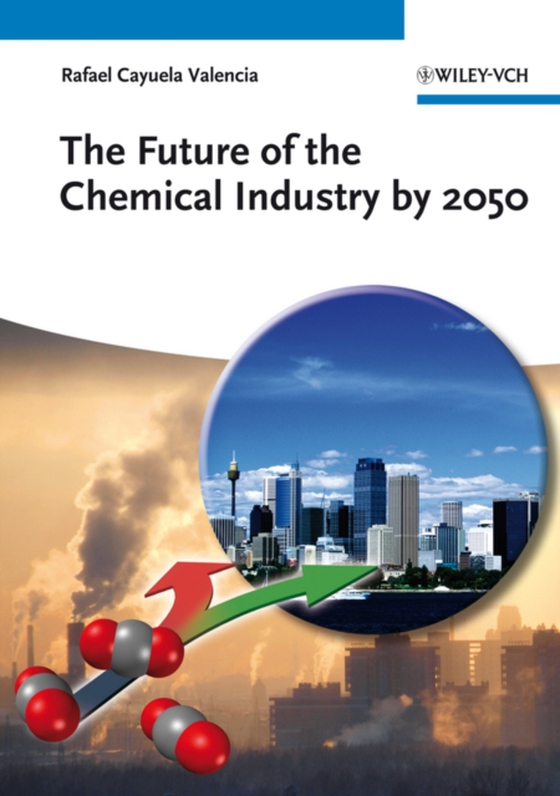
Future of the Chemical Industry by 2050 e-bog
546,47 DKK
(inkl. moms 683,09 DKK)
Discussing the technological supremacy of the chemical industry, including pharmaceuticals, and how it will adopt a leading position to solve some of the largest global challenges humans have even seen, this book details how the industry will address climate change, aging populations, resource scarcity, globality, networks speed, pandemics, and massive growth and demand. Following a detailed i...
E-bog
546,47 DKK
Forlag
Wiley-VCH
Udgivet
27 marts 2013
Genrer
KNDC
Sprog
English
Format
epub
Beskyttelse
LCP
ISBN
9783527657018
Discussing the technological supremacy of the chemical industry, including pharmaceuticals, and how it will adopt a leading position to solve some of the largest global challenges humans have even seen, this book details how the industry will address climate change, aging populations, resource scarcity, globality, networks speed, pandemics, and massive growth and demand. Following a detailed introduction to some of the megatrends shaping our world over the forthcoming decades, the book goes on to provide several scenarios of how the world could look by 2050, including 'business as usual' and a 'sustainable' one. Chapter 3 gives a comprehensive overview of the current status, while providing a short historical review of the chemical industry, its origins, achievements and fundamentals. The following chapter reviews the potential impact of each of the selected megatrends on the industry, while Chapter 5 proposes how it could look by 2050. Several features of the chemical industry are presented and discussed, including the industrial relevance from an economical, technological and profitability point of view. The largest chemicals markets in absolute and per capita bases and the areas and countries with largest growth potential for chemicals, pharmaceuticals and feedstock. This chapter also reviews the impact of climate change on the chemical industry from a feedstocks and products point of view and, more specifically, the potential costs in reducing CO2 emissions. A final, concluding chapter summarizes the forthcoming megatrends and potential challenges, opportunities and the outlook for the industry as a whole.
 Dansk
Dansk

